History has no shortage of tyrants, but some went so far off the rails that they left scars across continents. These rulers built entire systems of cruelty, paranoia, and control that ended millions of lives and rattled the global order. Here are the dictators whose rule went far beyond garden-variety despotism.
Mao Zedong
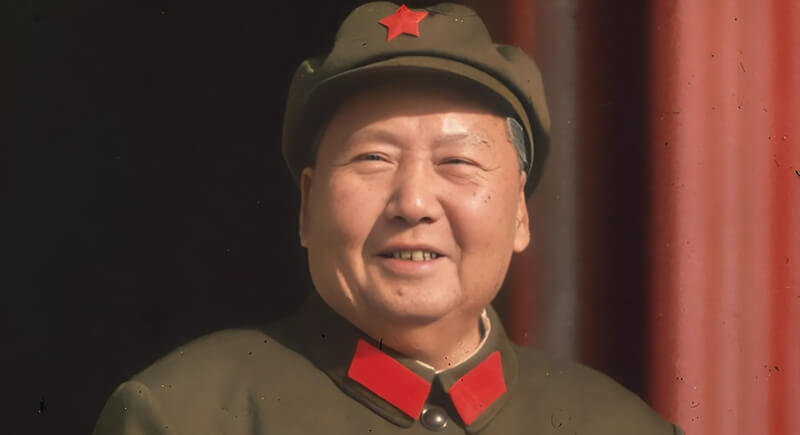
China’s communist leader promised progress but delivered catastrophe. His “Great Leap Forward” tried turning peasants into steel producers. It led to famine and the loss of at least 45 million people. Then came the Cultural Revolution. Despite the staggering toll, Mao’s image remained glorified in China for decades.
Adolf Hitler
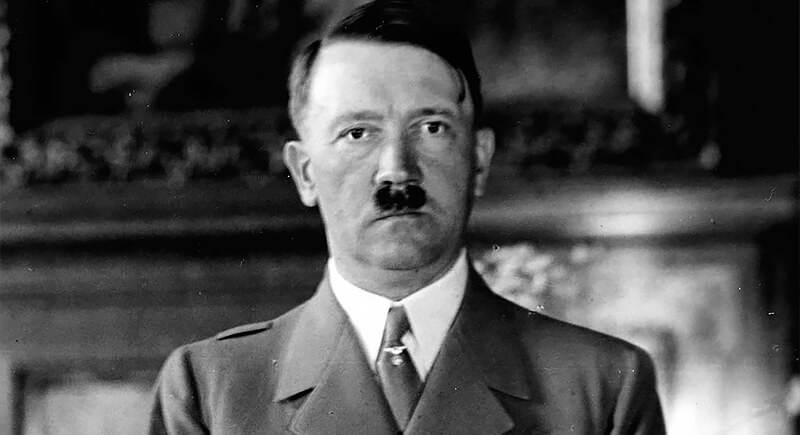
He sparked a world conflict and engineered genocide with terrifying precision. Under his regime, over 6 million Jews and millions more labeled “undesirable” were systematically targeted in the Holocaust. His invasion of Poland in 1939 kicked off WWII, a conflict that would claim around 70 million lives globally.
Joseph Stalin
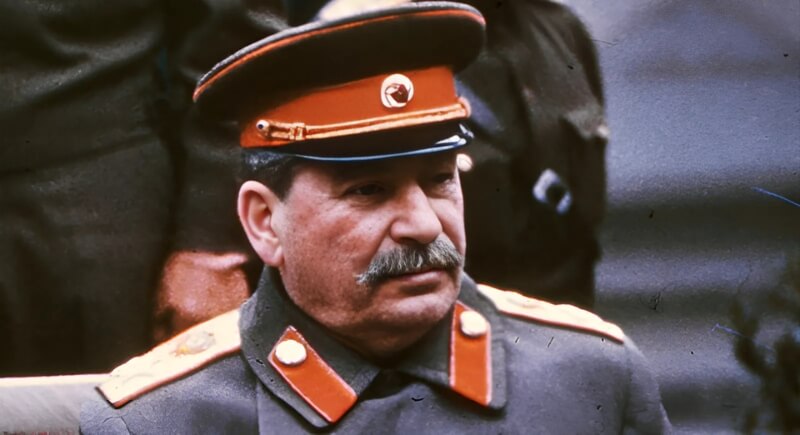
Running the Soviet Union with an iron fist, Stalin turned paranoia into policy. His purges eliminated perceived enemies by the millions through executions, forced labor camps (gulags), and engineered famines like the Holodomor in Ukraine. Rough estimates say between 20 and 30 million people were lost during his rule.
King Leopold II
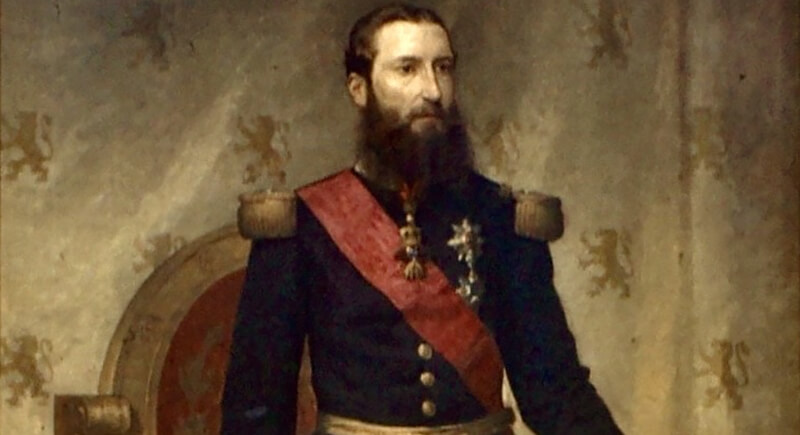
Though he ruled Belgium, Leopold’s most devastating legacy happened thousands of miles away in the Congo Free State. Claiming to bring civilization, he instead turned the region into a forced labor camp for rubber and ivory extraction. Locals were victimized for not meeting quotas.
Pol Pot

Pol Pot decided Cambodia didn’t need schools, doctors, or cities. Under his Khmer Rouge regime, anyone with an education—sometimes even those wearing glasses—was labeled an enemy. Around 1.7 million people, nearly a quarter of the population, were lost through starvation, forced labor, and executions. He called it “Year Zero.”
Kim Il-sung
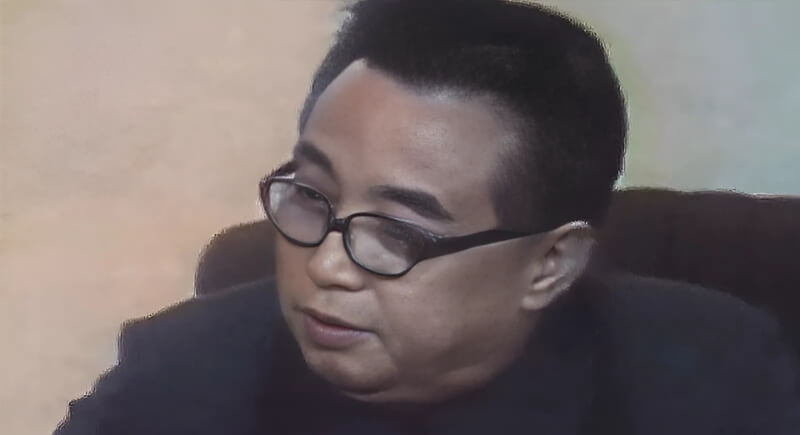
As North Korea’s founding leader, Kim Il-sung shaped the country into one of the most isolated places on Earth. He launched the Korean Conflict, installed mass surveillance, and created a god-like image of himself. The dynasty he founded still rules today, with giant statues and parades replacing any hint of public dissent.
Hideki Tojo

Japan’s Prime Minister Hideki Tojo greenlit the chaos at Pearl Harbor in 1941 and dragged the U.S. into WWII. However, his atrocities extended beyond battlefields. Under his leadership, Japanese forces committed brutal acts in occupied territories, including casualties in China, forced labor, and inhumane medical experiments.
Ismail Enver Pasha
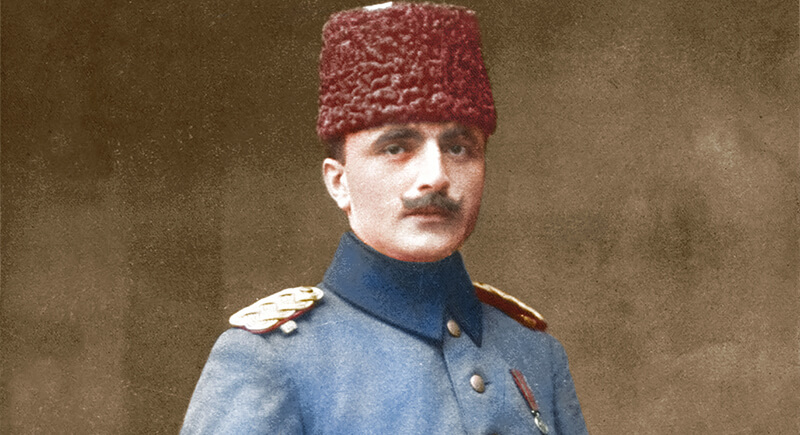
As a top figure in the Ottoman Empire, Enver Pasha oversaw failures that helped doom the empire. But it was his role in the Armenian Genocide that earned him infamy. Around 1.5 million Armenians were lost through forced marches and starvation.
Mengistu
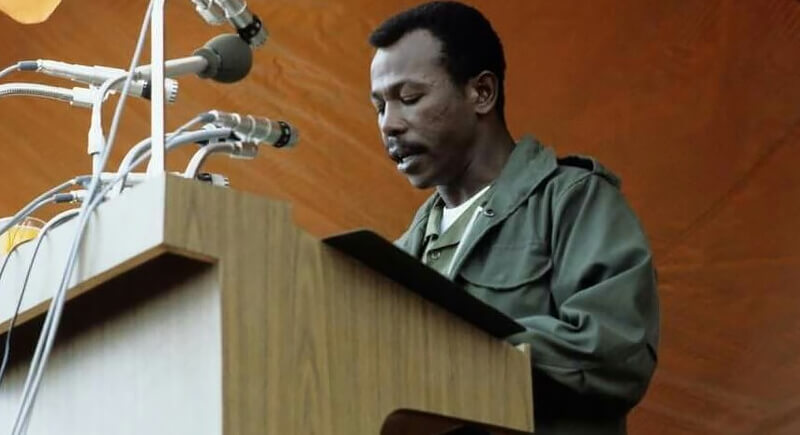
Mengistu Haile Mariam came to power after Ethiopia’s monarchy fell in the 1970s. His Marxist regime quickly turned brutal. He launched the “Red Terror,” and used mass executions, disappearances, and famine to suppress any opposition. He even once tossed a bottle of blood during a televised speech to show his resolve.
Yakubu Gowon
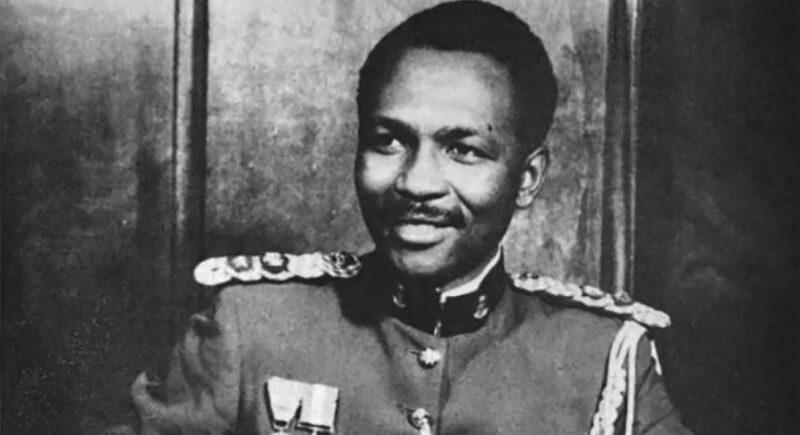
During Nigeria’s conflict, Yakubu Gowon led the federal side as the country fractured. His blockade of the breakaway state of Biafra led to starvation, with over a million civilians—many of them children—suffering from hunger. Though he’s largely avoided prosecution, critics argue his decisions amounted to genocide.
Saddam Hussein
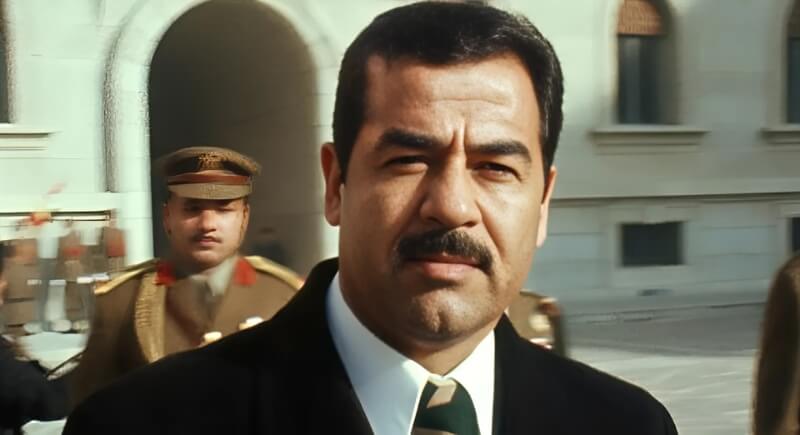
Saddam ran Iraq like a personal fortress. He gassed Kurdish civilians, crushed Shiite uprisings, and started conflicts with Iran and Kuwait that affected hundreds of thousands. The Anfal campaign alone wiped out thousands of Kurdish villages. After his fall in 2003, he was captured, but his brutal legacy still shapes modern Iraq.
Idi Amin
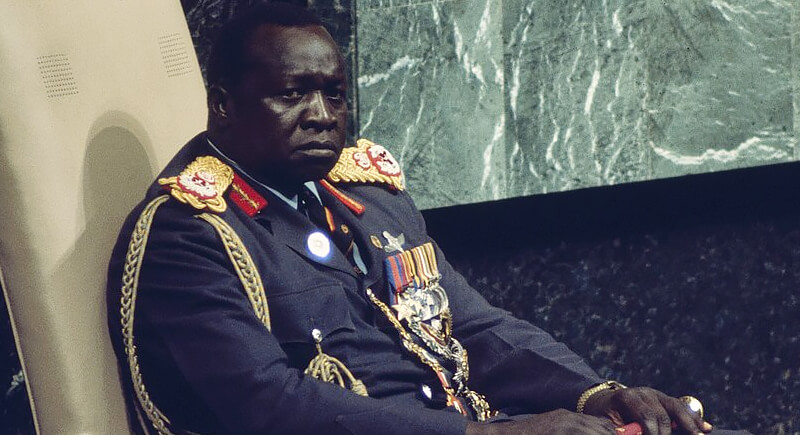
Idi Amin, known for showmanship as much as cruelty, ruled Uganda with unpredictable brutality. He expelled Asians, destabilized the economy, and carried out ethnic purges that cost the lives of around 300,000 people. He even gave himself elaborate titles like “Conqueror of the British Empire.”
Benito Mussolini
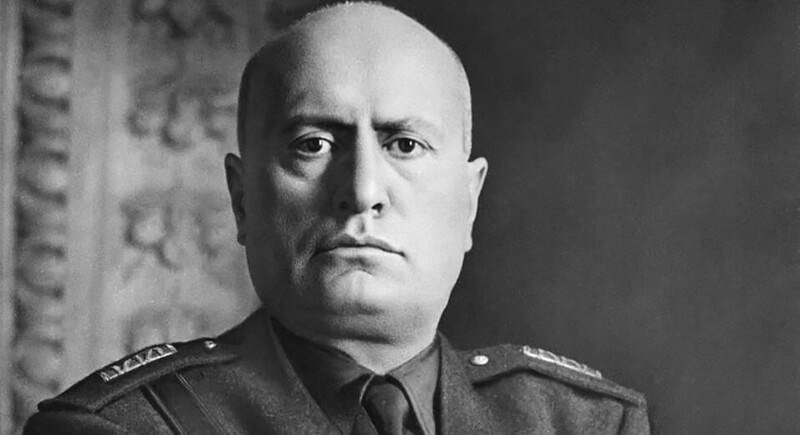
His regime outlawed dissent and waged colonial chaos in Africa. Italian forces committed atrocities in Ethiopia and the Balkans. Mussolini was eventually captured by his own people, and his body was hanged publicly in Milan. Despite his dramatic fall, his political ideas left a lasting influence across Europe.
Muammar Gaddafi
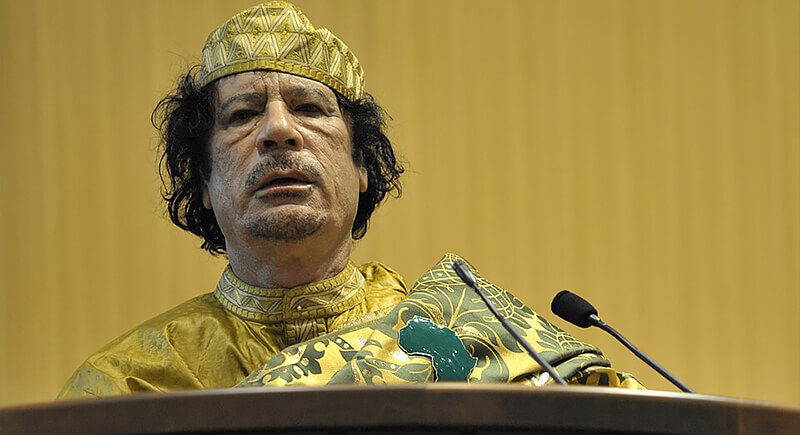
Libya’s longtime leader Gaddafi ran the country from 1969 to 2011 with a mix of theatrics, repression, and eccentric speeches. He funded foreign militias and maintained strict control over resources. Gaddafi’s green book and fashion choices drew headlines, but the real story lies in the chaos his policies left behind.
Slobodan Milošević
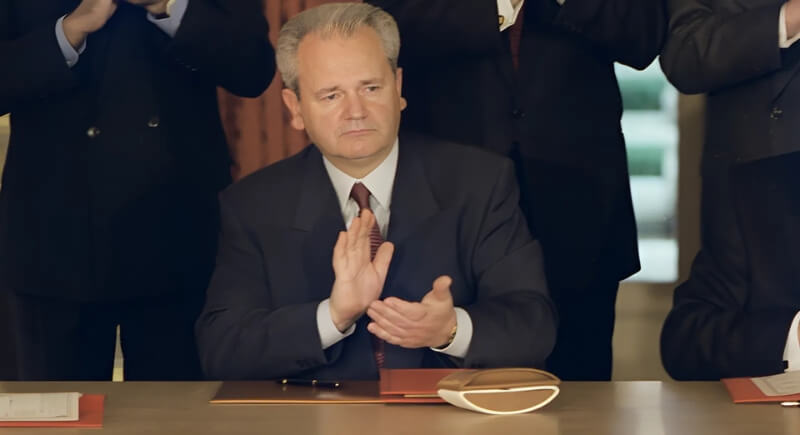
Often called the “Butcher of the Balkans,” Milošević rose to power in Serbia and oversaw a series of intense conflicts in the 1990s. Ethnic cleansing and the destruction of towns marked the breakup of Yugoslavia. He was the first sitting head of state indicted for war crimes.